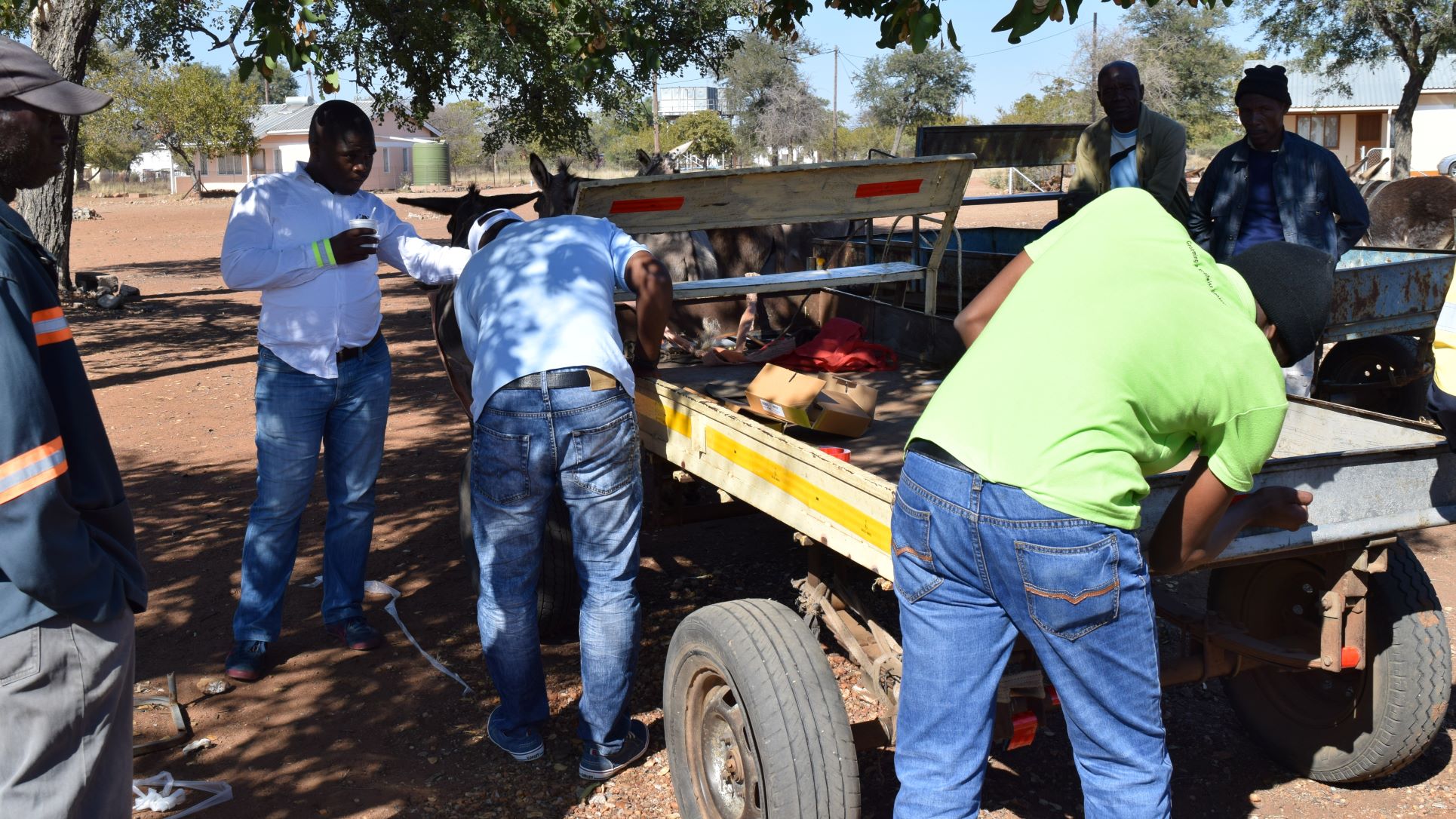
One of the recommended actions in the Global Plan is a shift to toward walking, cycling and public transport, noting that by 2030 “urban mobility will exceed the capacity of systems that rely largely on private vehicles such as cars and motorcycles.” It endorses policies that lower speeds and prioritize the needs of pedestrians, cyclists, and public transport users to ensure that non-motorized modes of transport are as safe as motorized ones.
This month, the UN Environment Programme and Walk21, hosted the Africa Network for Walking and Cycling Annual Forum. The Forum aims to make the life of people who walk and cycle in Africa countries safer, healthier and more comfortable, through combined action, expertise and influence. The forum, which was held over two days, focused on a number of angles: financing, research, rural mobility, data, the global lens, voices, innovation, public transport, government, civil society, and COVID-19.
Although more than a billion people walk or cycle for more than an hour every day in Africa, to reach work, home, school, and other essential services, greater priority is needed to keep these vulnerable road users safe and change the narrative that motorization is an ideal.
Two Alliance members presented at the Forum. The Society of Road Safety Ambassadors (SORSA), Botswana, presenting under the innovation track. Since 2016, the NGO has run a program in local communities affixing reflective tape to animal-drawn carts, which are often involved in collisions on the rural highway, especially when it is dark. The program has expanded to include bicycles. The program is effective: in the year before the project started, 299 crashed involving donkey carts were reported, the following year it had dropped to 176 —a reduction of more than 40% in five rural villages along A1 Highway. The session during the forum was an opportunity to inspire others with this cheap and easily replicable solution.
ASIRT Kenya, working with Safe Drivers Organization (SDO), presented baseline data assessing facilities for non-motorized transport users on Nairobi’s outer ring road. Taking observations from different locations, the baseline study showed that although the road is newly constructed, it does not have sufficient provisions for pedestrians and cycling, and that sidewalks and bus stops are, in some instances, inadequate and missing. It considered the habits and perceptions of interview respondents, crash data that demonstrated that almost half of crashes on the road were vehicles knocking down pedestrians, and made recommendations to improve the conditions for pedestrians. The project is part of ASIRT and SDO’s Incubator project and the NGOs will use the data to advocate for additional walking and cycling spaces, enforcement on encroachment on walking spaces, increased funding and awareness and sensitization for non-motorized transport facilities.